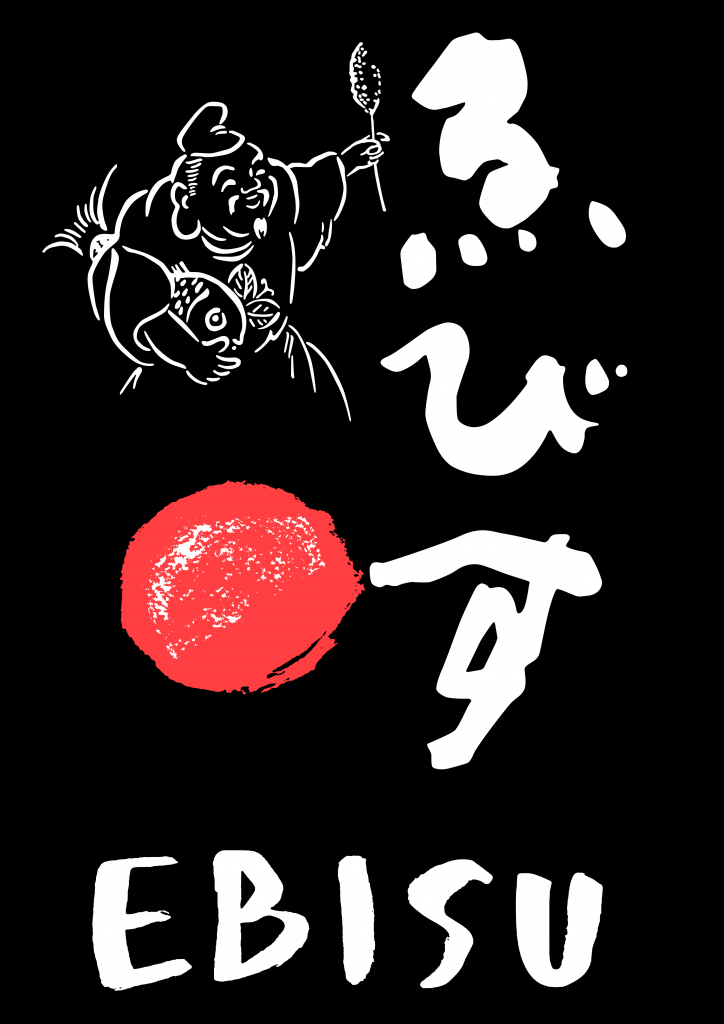Giảm giá!
Set Sushi & Sashimi (1)
Giá gốc là: 350.000 ₫.280.000 ₫Giá hiện tại là: 280.000 ₫.
Cá hồi 200gram, 3 miếng sushi cá hồi, 8 miếng cơm cuộn cá hồi, 8 miếng cơm cuộn cá hồi phô mai
Giảm giá!
Giá gốc là: 25.000 ₫.20.000 ₫Giá hiện tại là: 20.000 ₫.
Giảm giá!
Giá gốc là: 15.000 ₫.12.000 ₫Giá hiện tại là: 12.000 ₫.
Giảm giá!
CƠM
Giá gốc là: 65.000 ₫.52.000 ₫Giá hiện tại là: 52.000 ₫.
Giảm giá!
CƠM
Giá gốc là: 16.000 ₫.12.800 ₫Giá hiện tại là: 12.800 ₫.
Giảm giá!
Giá gốc là: 89.000 ₫.71.200 ₫Giá hiện tại là: 71.200 ₫.
Giảm giá!
Giá gốc là: 175.000 ₫.140.000 ₫Giá hiện tại là: 140.000 ₫.
Giảm giá!
Giá gốc là: 125.000 ₫.100.000 ₫Giá hiện tại là: 100.000 ₫.
Giảm giá!
Giá gốc là: 165.000 ₫.132.000 ₫Giá hiện tại là: 132.000 ₫.














